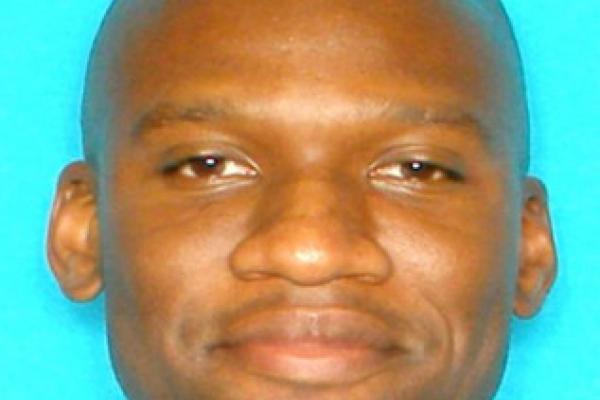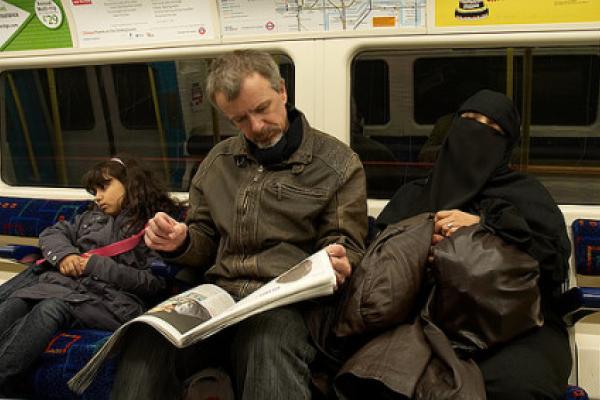What people here are wondering today is what in the world went wrong with Aaron Alexis?
The man who shot and killed 12 people had his problems. But friends who worked and lived beside Alexis say they don’t recognize the man who went on a shooting rampage Monday at a military complex in Washington, D.C., and eventually was shot dead in a gunfight.
Alexis’ life ended in Washington, where he lived in a Residence Inn in the southwest part of the city and worked as civilian contractor for the military. But much of his story is centered in Fort Worth, where he seemed to be an easygoing guy who practiced Buddhism, meditated for hours and hung out with friends who spoke Thai, as he did.
A senior judge, leading members of Parliament, and human rights activists are calling for an urgent debate on the explosive issue of whether Muslim women should be allowed to wear veils when they testify in court.
The call for national debate follows Judge Peter Murphy’s Sept. 16 ruling that a 22-year-old Muslim woman standing trial on charges of intimidating a witness at a north London mosque must remove her facial veil, called a niqab, when testifying so the jury can better evaluate her facial expressions.
If she refuses, the woman — known only as Defendant D — could face a prison sentence for contempt of court.
Maybe you are like me and you need a bit of good news this week, because it’s been a week of bad news. There was the tragic shooting at the Navy Yard, leaving 12 people killed. Then there were the racist comments about the new Miss America, Nina Davuluri. She is the first person of Indian descent to be crowned Miss America, yet the news of the event emphasized racist tweets. It was almost as if people were competing over who could be the most racist: Some referred to her as “the Arab,” and other tweets claimed, “this is America, not India,” and one even called her “Miss 7-11.” Not to mention the continuing escalation of tensions throughout the world involving Syria.
It was a depressing beginning to the week. I mimetically absorbed much of this violence, hatred, and racism. Misanthropy settled into my soul and I began to loathe myself and the entire freakin’ human race.
But then I saw this video of Beyoncé performing in Brazil, and my hope in humanity was restored.
Before its Aug. 20 launch, officials at Al-Jazeera America emphasized that, despite its Middle Eastern roots and ownership, the fledgling cable news network would be aimed squarely at a U.S. audience.
Guess they weren’t kidding.
A new study of cable news coverage of the Syria crisis released found that the new kid on the block covered the fast-moving story of President Obama’s threat to strike the civil war-torn nation much the way its cable rivals did.
The 50 members of All Saints Episcopal Church in Hitchcock, Texas, are looking forward to December, when Mark Marmon will be ordained their priest.
One reason for the excitement? They won’t have to pay him.
A 57-year-old fly fishing guide, Marmon, whose wife is a lawyer, says he doesn’t want or need a church salary. He belongs to a growing breed of mainline Protestant clergy who serve congregations in exchange for little or no compensation.
In the midst of the Jewish holiday season, more than 1,200 rabbis and cantors have urged Congress to pass comprehensive immigration reform.
“We thought it was a particularly good time to speak out as rabbis and cantors on this issue that really speaks to us as Americans and as Jews,” said Barbara Weinstein, associate director of the Religious Action Center of Reform Judaism, the Reform movement’s Washington office that coordinated the effort.
“For centuries, Jews were guests in others’ lands and not always treated well.”
House leaders are proposing a massive cut to SNAP (Supplemental Nutrition Assistance Program), America’s frontrunner in combatting hunger. This new proposal consists of a $40 billion reduction in funding, and SNAP households across the board would be feeling the pinch beginning as soon as November.
Potential cuts reveal stark and sobering statistics that millions of Americans would face:
- The average benefit per person, per meal would decrease to below $1.40, dangerously low to maintain the minimum standards of a healthy diet;
- 210,000 kids would be cut from free school meals;
- SNAP cuts would be the equivalent of taking away 21 meals per month from a four-person household; and
- 170,000 veterans would lose out on food benefits.





